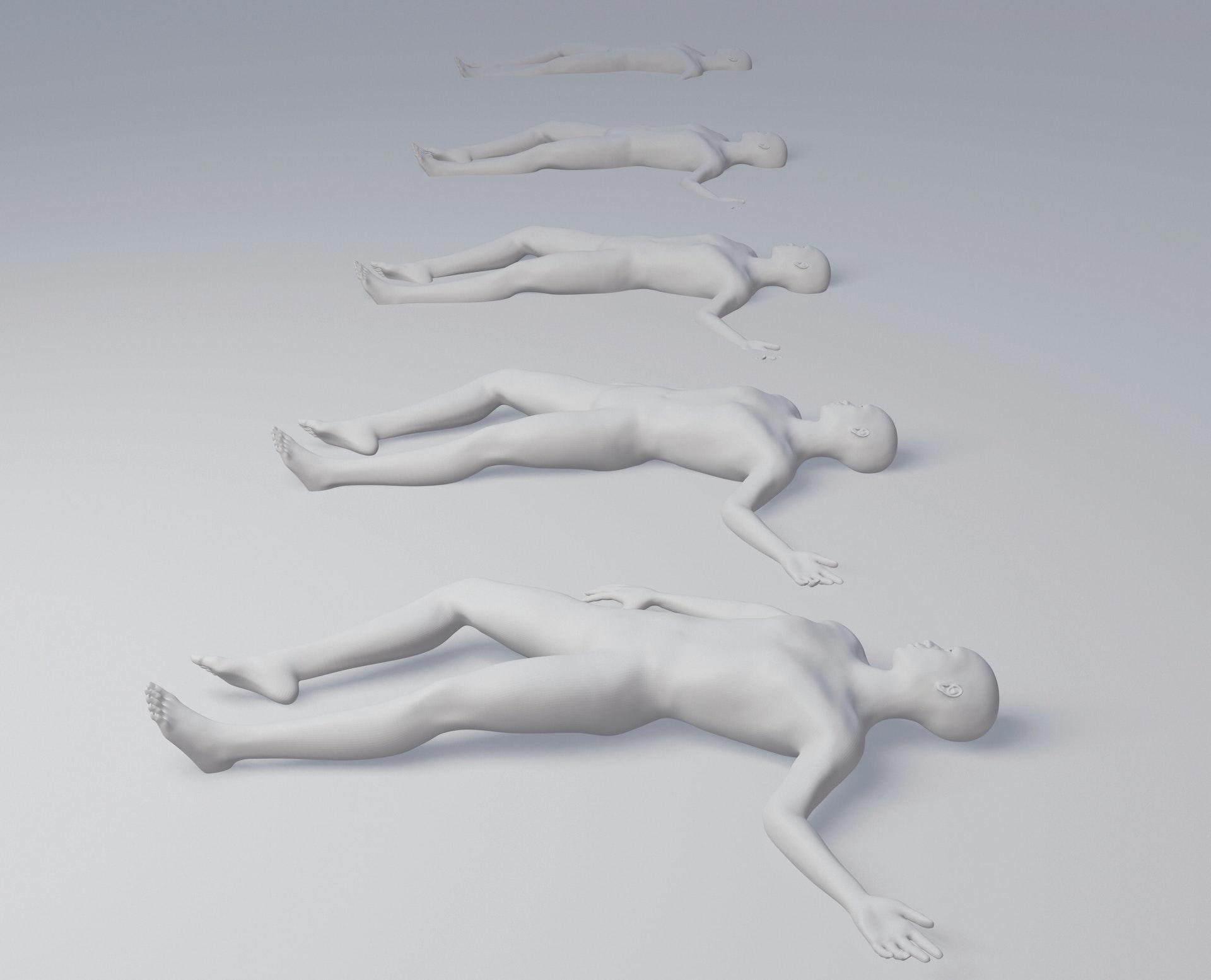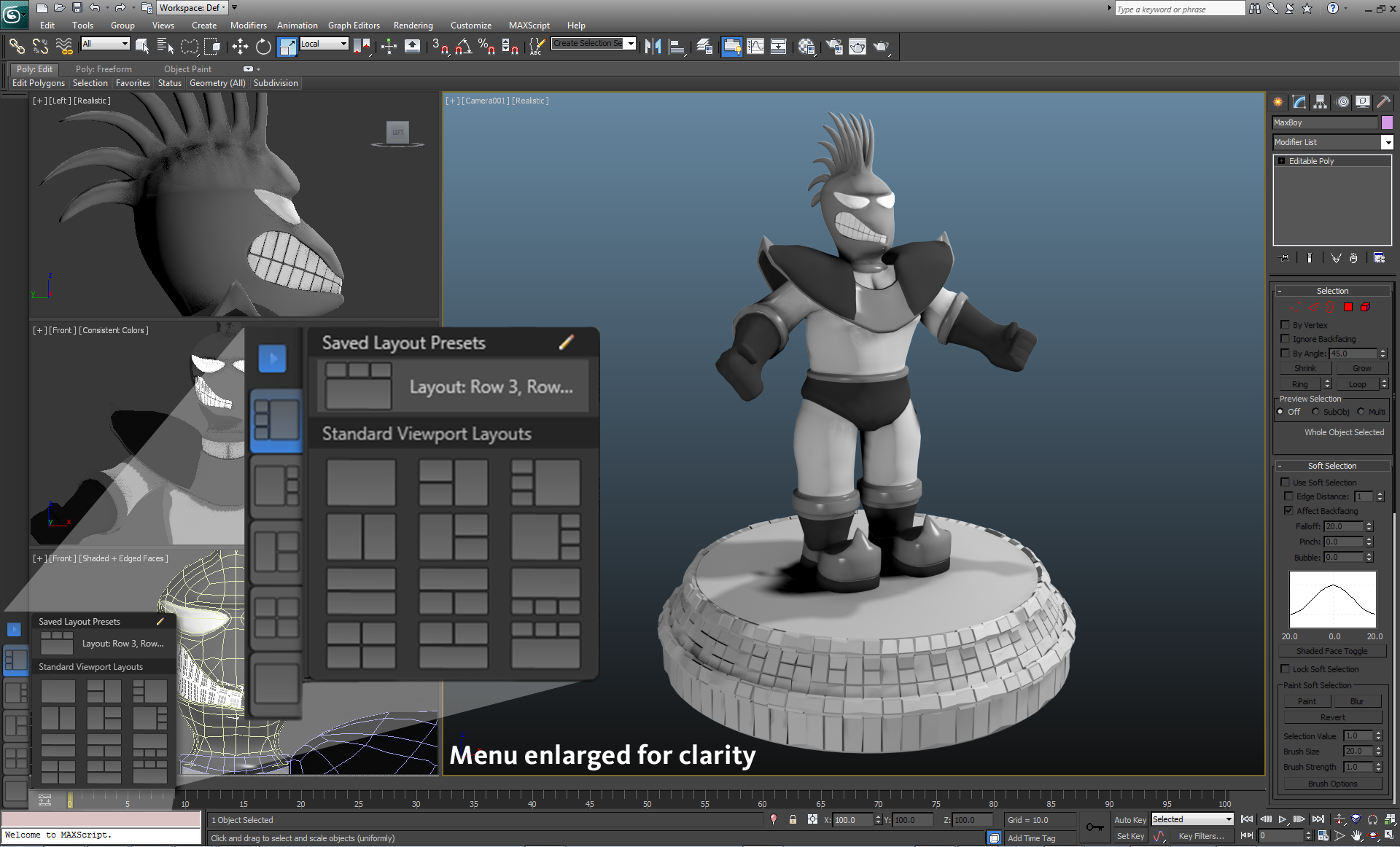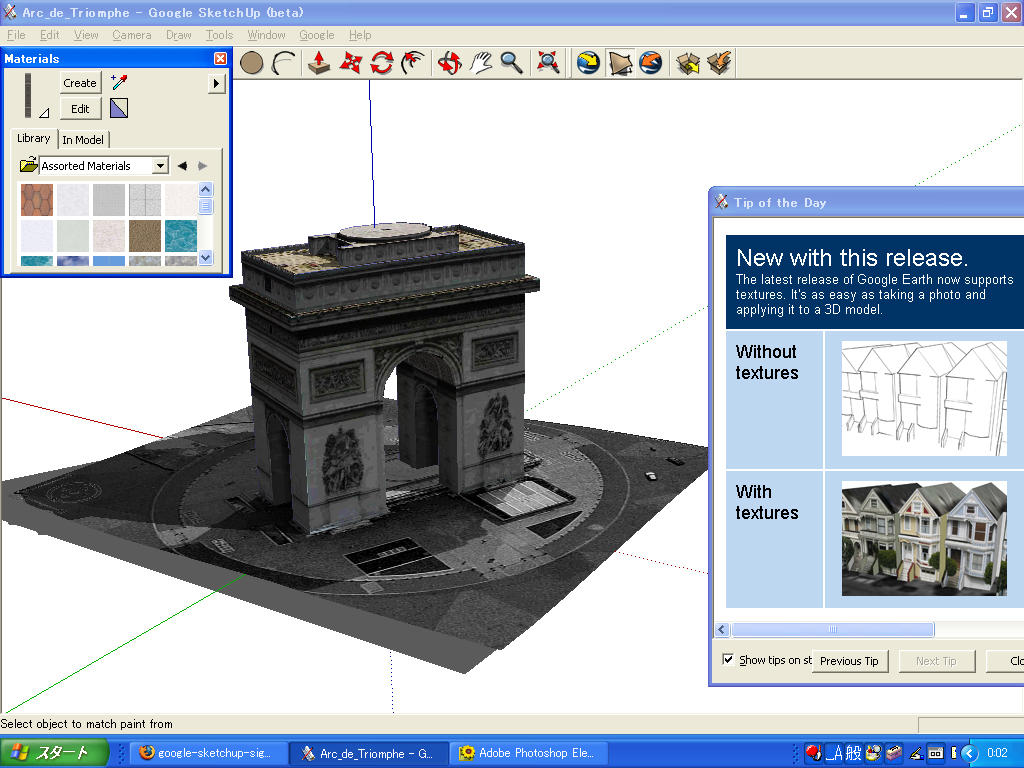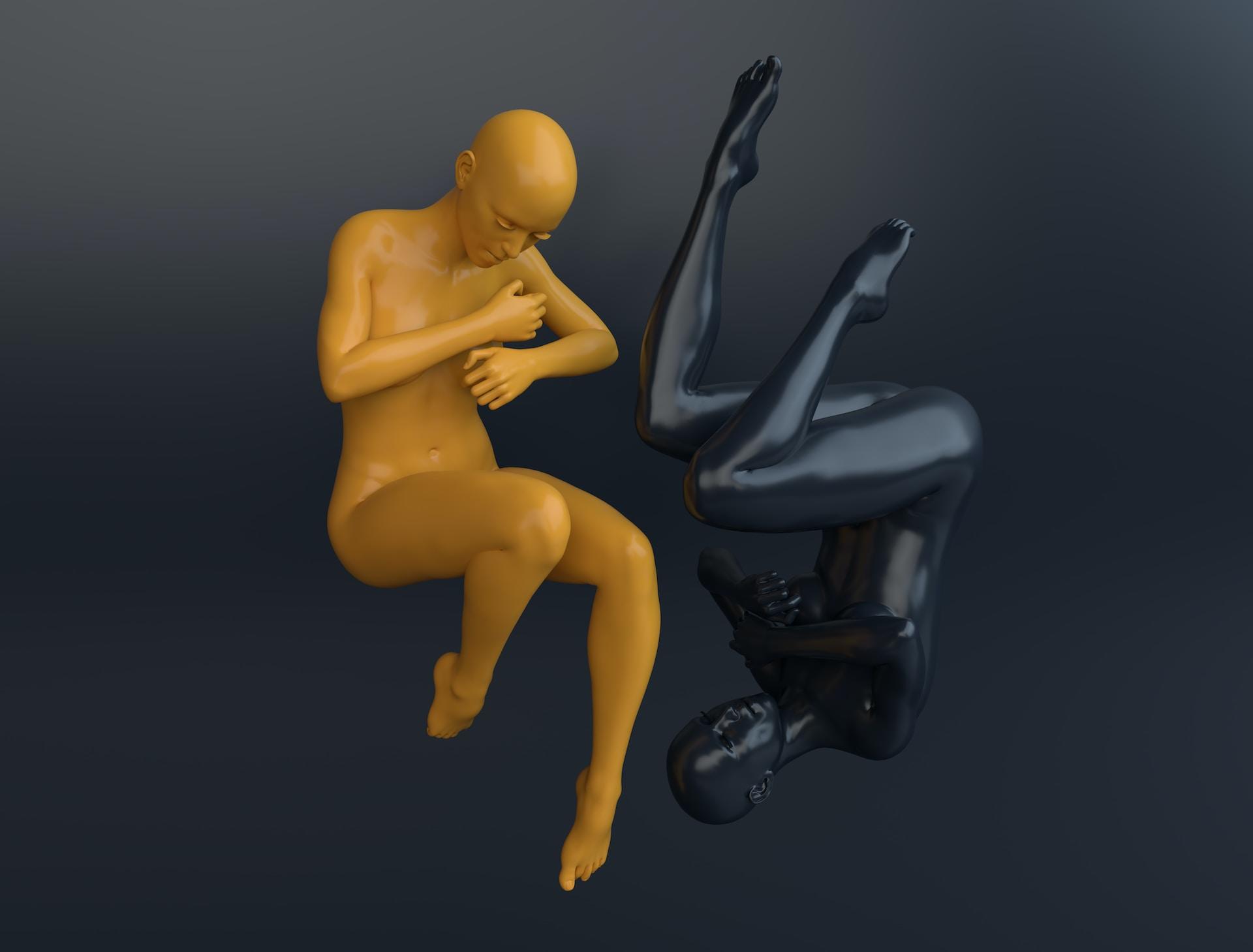3D art is a captivating and dynamic medium of artistic expression that brings creativity to life in three dimensions. It offers a thrilling journey into a world where imagination meets technology, enabling you to craft digital masterpieces, sculpt intricate characters, design architectural wonders, and bring your ideas to life in ways that are only possible in recent years.
In this exciting realm, you'll learn to manipulate virtual clay, shape landscapes, and breathe life into characters. Unlike traditional 2D art, 3D art adds depth, texture, and volume to your creations, offering endless possibilities for exploration and innovation.
There are many different types of software programs out there these days for creating 3D art. How can you choose which one(s) to work with?
It depends on what you want to achieve, your artistic style, your tech savvy-ness, your computer, and your preference. No matter which program you choose, you can find many educational resources to help you learn whatever it is you need to know!

What Can You Make with 3D Design Software?
First of all, you need to know what kind of program you need to be on the lookout for. There are several different applications for 3D art, so using a program appropriate for the project or industry you’re working on is critical.
You wouldn’t want to try to make an architectural mock-up with something that is meant for making detailed character bodies!
To get a better idea of what kind of program you need, let’s break some concepts down.
First, the types of modeling you might need to do as a 3D designer or artist.
Solid Modeling
This modeling type is like working with children’s blocks; it uses more simple shapes to combine into a more complex shape. It uses spheres, cubes, and n-sided polygons (where n is any number, resulting in shapes like a hexagonal prism or decahedron, for example).
It’s handy for making engineering and architectural designs as well as a rough sketch of what will eventually be a more complex figure.
Wireframe Modeling
With wireframes, you can make mid-level complex shapes; more complex than solid modeling but less complex than surface modeling. You can make semi-rounded shapes, and have more control over the intricacies of an object. Each angle and facet in a shape becomes a unique polygon.
Think of early 3D video games like Super Mario 64 or Tomb Raider. Remember how blocky they were? That’s what wireframes look like. However, these days, you can make figures with hundreds if not millions more polygons, making them look smoother. However, you risk crashing your computer or major lag and long saving times when handling that many polygons.
Surface Modeling
For making intricate, complex, and curvy designs, surface modeling is your best bet. It uses two components to come together into a design: guiding lines and the surface. Think of an airplane: the internal structures like the ribs of the plane are the guiding lines, and the curved panels of metal on the outside that connect all the ribs together are the surface.
This technique is used a lot in manufacturing and engineering because it helps engineers be able to create an aerodynamic or hydrodynamic prototype digitally and ensure that the design is even possible in real life.
Non-Uniform Rational Basis Spline (NURBS)
Using lines that are changed with control points, combined with mathematical boundaries and various parameters, the result is something similar to surface modeling but with a different method to achieve the results. The software determines the curvature for complex shapes, rather than the artist needing to decide what is and looks natural, resulting in a more natural-looking, sound model.
Modeling/Sculpting vs. Rendering
A quick note: some programs are better for modeling aka sculpting, which is making the basic foundation for a work. Some programs are specifically better for rendering, which is when all the fine details are added and the product or project is finished. Since these details are too fine and myriad to work within an active file, you need to be able to work with modeling software to create the rough draft and render it as the final step.

Industries and Creations
As far as who uses 3D drawing and modeling software and what you can make with it, the possibilities are almost endless.
But, in general, there are some specific instances and industries where 3D art is the standard.
- Hobby art
- Illustration
- Video games and entertainment
- Movies & VFX
- Advertising and marketing
- Informative materials
- Tutorials
- Informational videos or graphics
- Engineering of any industry such as:
- Vehicular
- Maritime
- Aeronautics
- Aerospace
- Medical
- Architecture
- Oil rigging
- Domestics
- Fashion
- Creating mock-ups
- Fashion
- Interior design
- Landscaping
- Architecture
- Civic planning
- Manufacturing
- Packaging
- Forensics
- Education
- Medical
- Engineering
- Driver’s education
- Space training
- Research
- Disaster impact planning
- Simulations
- Environmental impacts of proposed projects
- 3D printed designs
- Medical, dental, and optical equipment
- Manufacturing
- Civic planning
- Forensics
- Construction
Many, many more applications for 3D art and design exist; this is only a rudimentary list!
In this article we will be focusing on the different types of artistic works like hobby art, mock-ups, and video games, and how to choose software that can create your visions in these areas.

Best 3D Software for Still Art
Some may argue that a still artwork in a 3D still is still 2D art, and while this is technically true, we all know what we are talking about when we say “3D art that isn’t moving.”
This is artwork, mock-ups, etc. that are either made to look 3D or are actually created in 3D and the still is the shot you want to take and share, like a photograph. A photo is 2D, but it depicts a 3D event. When you make 3D still art, you are creating the 3D world being depicted as well as the 2D photograph.
So keeping all this in mind, here are some of the best programs for artists who want to create this type of project.
Photoshop
Photoshop is historically one of the best tools for learning how to make 3D art or digital art in general. It’s a household name for a reason!
While you can certainly craft 3D-looking pieces without actually using any 3D tools, Photoshop now contains 3D modeling and rendering tools. You can work in both dimensions as needed to achieve your desired results!
If you’re already familiar with Photoshop, it can be a great idea to explore the 3D space in this program that you’re already comfortable with. It’s also compatible with other 3D modeling programs.
Mudbox
A powerful 3D sculpting and painting software, Mudbox stands out in the world of 3D art. It has an intuitive interface and many different sculpting tools for making intricate 3D models. You also have the choice of many different brushes, textures, and environmental design tools.
Mudbox is also compatible with other 3D modeling programs and can export high-resolution models.
Blender
While Blender is typically used in animated settings, the art stills you can make in this program are still incredible and unique. You have the ability to use Blender in unique ways, making your own process unlike any other artist out there.
One of my personal favorite digital artists, Dedouze, uses Blender in a unique way to create stunning 3D worlds. The still shots of the world are art in themselves.
Blender’s open-source nature, extensive community support, and wide range of features make it accessible and powerful for crafting detailed 3D artwork.


Best 3D Software for Animated Work
You likely have some interest in making animations if you want to work in 3D. After all, you can best tell that something has been created in a 3D format by introducing the 4th dimension: time! Showing how your art moves over time is the best way to tell the viewer it’s a 3D scene.
Again, if you’re being nitpicky, this type of creation is still technically 2D. Even if you’re viewing it in a VR headset or with 3D glasses, the medium is still physically flat. Again, we can all understand the meaning behind a 3D animation. Think of Pixar or CGI; the effect is to emulate a 3D world.
That being said, here are some of the best 3D programs for making animations.
Blender
Of course, Blender is used for more than still art, and so occupies another space on our list!
Blender is a top-notch choice for 3D animations. It boasts a full suite of animation tools, including rigging, keyframing, and character animation. Its real-time rendering and simulation capabilities, coupled with its open-source nature, make it a versatile and cost-effective option for creating dynamic and visually stunning 3D animations.
Cinema 4D
Cinema 4D is a premier software for 3D animations, renowned for its user-friendly interface and powerful capabilities. It excels in motion graphics and character animation with its intuitive timeline and animation tools. Cinema 4D's MoGraph module simplifies complex motion graphics tasks, while its dynamic simulation and robust rendering engine ensure high-quality results. Its seamless integration with third-party software and plugins further extends its functionality, making it a preferred choice for professional 3D animators.
Clara.io
Clara.io is a web-based 3D animation platform that's accessible and user-friendly. It offers a collaborative environment for creating animations, making it great for team projects. With features like keyframe animation, rigging, and rendering capabilities, Clara.io can handle various animation tasks. Its cloud-based nature allows for easy access and collaboration from anywhere, making it a convenient choice for those looking to create 3D animations online.

Best 3D Software for Making Video Games
Many 3D artists are interested in making video games because, well, it’s really cool! Imagine having people interact with your art in a way you only can when it’s in a video game! Not to mention it's a hot career path right now!
Since 3D models for video games need to be compatible with other development software, you need to use the right kind of modeling programs to create your characters, objects, and environments.
Here are some of the best industry standard programs for creating 3D video games.
Blender
Surprise, surprise, Bender appears again!
It’s no secret that this software is capable of many, many different feats. It’s a commonly used software in the video game industry due to its ability to create complex models and textures, test game logic within Blender itself, advanced animation capabilities perfect for cutscenes, and various export formats.
Unity
Unity combines game development with artistic creations, making it perfect for creating characters and scenes within the software and creating cinematics, character animations, and cutscenes in the same place.
3ds Max
3ds is renowned for its powerful 3D modeling capabilities, so it can be used to create detailed game assets. It also has extensive animation features like rigging, character animation, and cutscene animation. Lastly, it offers high-quality rendering, allowing artists to create beautiful visuals.

Best 3D Software for Industrial, Architectural, and Engineering Design
3D designing is often used in these industries to make prototypes, come up with schematics, and many other applications.
As such, there are quite a few software programs made just for industrial applications, rather than strictly art.
However, there are a lot of artists who benefit from creating realistic mock-ups and utilizing pre-made realistic-looking objects, like webcomic illustrators, for example.
For brevity, here is a list of some of the top CAD and BIM programs:
- SketchUp
- AutoCAD
- FreeCAD Arch
- Fusion 360
- KeyCreator
- OnShape
Where to Learn About Using 3D Programs and Software
Wondering where you can learn more about making 3D art online?
There are countless written and video tutorials online that you can use to teach yourself plenty about using just about any kind of software.
You can also enroll in classes or a course to receive more well-rounded instruction that follows a syllabus. For individualized, hands-on support, you can take training with an experienced tutor!
With Superprof, you can find a tutor to help you learn specific techniques and accomplish specific goals in your program(s) of choosing in a faster time than you likely would in a group class or pre-recorded course.
Explore your 3D creative side today!















